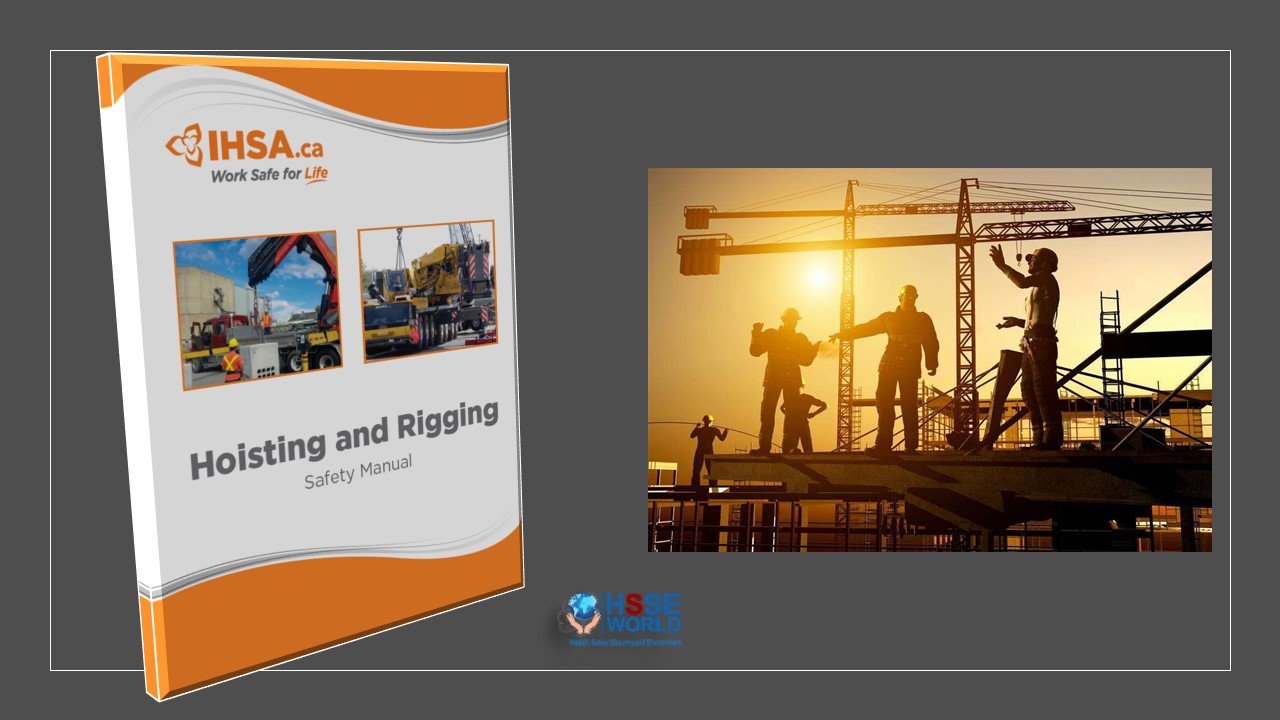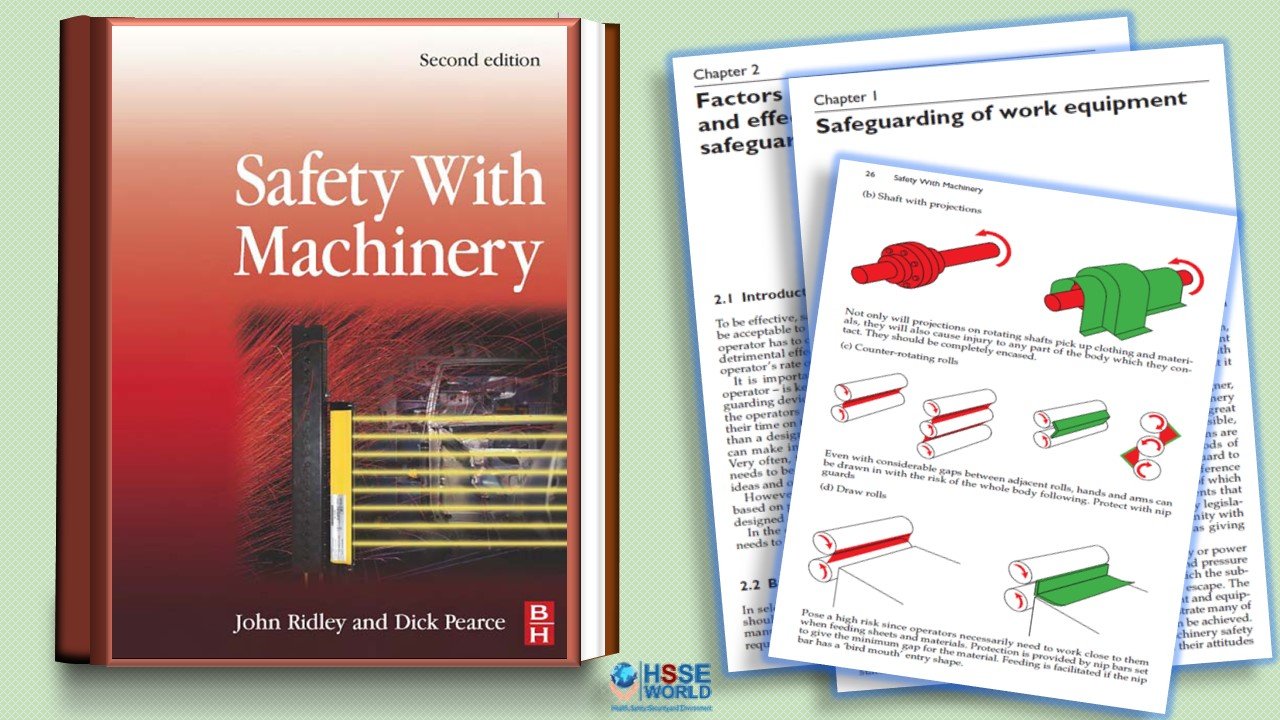Part of my job working for the city involves inspecting sewers. Sometimes I have to go in pretty deep. A couple of weeks ago, I was doing some repair work in there and I realized something wasn’t right. My breathing was becoming more labored than usual. I used my two-way radio to call up to my partner and he helped me get out of there fast. I’m not sure what I would have done without it – down there, you can’t just scream for help.

Communication devices ensure that workers in confined spaces are never entirely alone
Confined Space Risks
Approximately 1.6 million workers enter confined spaces each year, according to OSHA. They also estimate that 53 worker deaths, 5,000 lost-day cases, and 5,700 other accidents could be avoided annually if employers fully complied with their safety standards. Accidents in confined spaces take many forms, including hazardous atmospheres, temperature extremes, engulfment, and falling objects.
Personal protective equipment, breathing apparatuses, gas detection, retrieval, and ventilation equipment tend to be the top concerns when it comes to working in these spaces. But having appropriate and reliable methods of communicating with those on the outside can, quite literally, be a lifesaver.( learn More about working safely around confined space here )
What Is a Confined Space?
Let’s first look at what constitutes a confined space. OSHA defines it as a space that:
- Is large enough for an employee to enter fully and perform assigned work
- Is not designed for continuous occupancy by the employee
- Has a limited or restricted means of entry or exit
This definition covers a range of spaces, including condenser pits, manholes, ventilation ducts, tanks, sumps, containment cavities, vaults, vessels, and silos. Some spaces can be entered as needed, while others require permits to enter.
What Are the Communication Options?
An adequate communication system should allow for communication:
- With others inside the confined space
- With those outside it
- To summon help in case of an emergency
There are several key considerations employers must take into account when selecting communication devices. Ideally, communication methods should be:
- Hands-free
- Wireless
- Full-duplex
- Independently powered
- Integrated with hearing protection
Here are a few options to consider.
Cell Phones
While phones have their place, it’s generally not in a confined space. These spaces can be difficult to maneuver in and workers shouldn’t have to dial on a keypad to reach someone. Mobile service can also be spotty, making this an unreliable communication method (to find out when cell phones can be useful on the worksite.
Two-Way Radios
There are benefits and drawbacks to using two-way radios in confined spaces. While some radios are full duplex, allowing both people to talk at once and eliminating the need to hold down a button to speak, they are wireless and are therefore susceptible to blackouts or spotty communications with anyone who isn’t in your line of sight
Hard-Line Intercom
While not wireless, hard-line systems are excellent communication systems for confined spaces. They use wires to interconnect headsets and components to form an intercom between workers.
Initial and operating costs are low with this type of system, and non-line-of-sight communications are guaranteed. Hard-line systems are also full duplex, which allows multiple people to talk at once and ensures that no crucial information is missed. These systems can often accommodate up to 10 workers.
Wearable Devices
Workers can also be equipped with wearable devices, ranging from headsets and helmets to smart watches and portable gas detectors. These devices are often hands-free, making them ideal for use in confined spaces where there is little room to maneuver.
Wearable devices can automatically communicate information to supervisors and alert them when a worker falls or experiences fatigue, when the presence of gas is detected, and it can pinpoint the worker’s exact location to help rescue efforts.
Video Monitoring
Video technology has become more reliable and more affordable, and it’s now possible to maintain a live video feed to ensure the safety of workers. While not recommended as a stand-alone system, using camera monitoring gives supervisors a set of eyes they can keep on workers who would normally be out of sight.
Quick Safety Tips
Employers can ensure employee safety by:
- Providing comprehensive and ongoing training on safety and communication in confined spaces
- Reviewing confined space operations annually and updating procedures as required
- Ensuring regular maintenance of all communication devices
- Taking measuring to ensure unauthorized personnel do not enter confined spaces
Workers can protect themselves by:
- Never going in entirely alone; always ensuring there is a reliable communication method to the outside (and to emergency services) before entering a confined space
- Understanding and applying proper safety procedures when working in confined spaces
- Participating fully in any training provided by the employer
Conclusion
Confined spaces present a unique occupational safety hazard, and reliable communication is critical to ensuring workers remain safe. By evaluating their specific communication needs and offering ongoing confined space safety training, employers can help keep their workers safe on the job.



